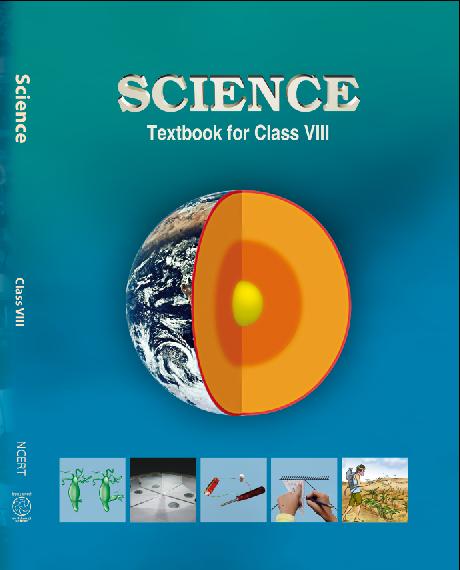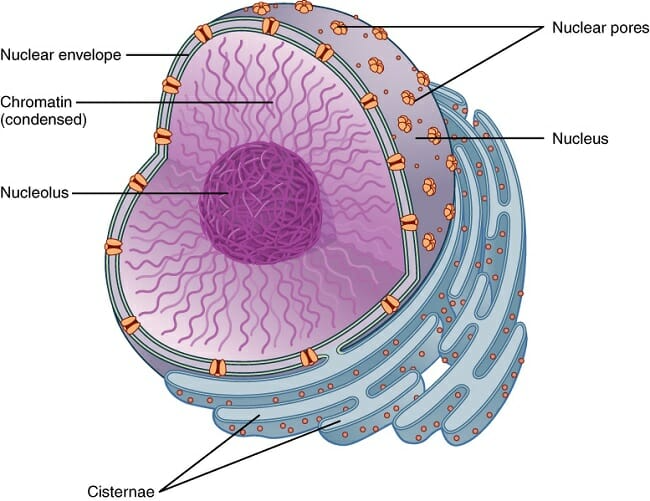Class 8 - Science
Chapter 2 - Micro oraganisms Friends and Foe

Top Block 1
Question :1. Fill in the blanks.
(a) Microorganisms can be seen with the help of a________________.
(b) Blue-green algae fix ______________ directly from air to enhance fertility.
(c) Alcohol is produced with the help of __________.
(d) Cholera is caused by ____________.
Answer :
Fill in the blanks.
(a) Microorganisms can be seen with the help of a microscope.
(b) Blue-green algae fix nitrogen directly from air to enhance fertility.
(c) Alcohol is produced with the help of yeast.
(d) Cholera is caused by bacteria.
Question :2. Tick the correct answer.
(a) Yeast is used in the production of
(i) Sugar
(ii) alcohol
(iii) hydrochloric acid
(iv) oxygen
(b) The following is an antibiotic
(i) Sodium carbonate
(ii) Streptomycin
(iii) Alcohol
(iv) Yeast
(c) Carrier of malaria-causing protozoan is
(i) Female Anopheles mosquito
(ii) cockroach
(iii) housefly
(iv) butterfly
(d) The most common carrier of communicable diseases is
(i) ant
(ii) housefly
(iii) dragonfly
(iv) spider
(e) The bread or idli dough rises because of
(i) heat
(ii) grinding
(iii) growth of yeast cells
(iv) kneading
(f) The process of conversion of sugar into alcohol is called
(i) nitrogen fixation
(ii) moulding
(iii) fermentation
(iv) infection.
Answer :
(a) (ii) alcohol.
(b) (ii) Streptomycin
(c) (i) female anopheles mosquito
(d) (ii) housefly
(e) (iii) growth of yeast cells
(f) (iii) fermentation.
Question :3. Match the organisms in Column A with their action in Column B.
| Column A | Column B |
|---|---|
| 1. Bacteria | A. Fixing nitrogen |
| 2. Rhizobium | B. Setting curd |
| 3. Lactobacillus | C. Baking bread |
| 4. Yeast | D.Causing malaria |
| 5. A protozoan | E. Causing cholera |
| 6. A virus | F. Causing AIDS |
Answer :
| Column A | Column B |
|---|---|
| 1. Bacteria | E. Causing cholera |
| 2. Rhizobium | A. Fixing nitrogen |
| 3. Lactobacillus | B. Setting curd |
| 4. Yeast | C. Baking bread |
| 5. A protozoan | D.Causing malaria |
| 6. A virus | F. Causing AIDS |
Question :4. Can microorganisms be seen with the naked eyes? If not, how can they be seen?
Answer :
No, we cannot see them with unaided eyes. They can be seen with the help of a microscope.
Question :5. What are the major groups of microorganisms?
Answer :
The major groups of microorganisms are:-
a. Bacteria
b. Fungi
c. Protozoa
d. Some algae
Question :6. Name the microorganism which can fix atmospheric nitrogen in the soil.
Answer :
The microorganisms which can fix atmospheric nitrogen are Rhizobium, Azatobactor, Blue green algae etc.
Mddle block 1
Question :7. Write 10 lines on the usefulness of microorganisms in our lives.
Answer :
The usefulness of microorganisms are as follows:
a. Lactobacillus- a bacterium useful in making curd etc.
b. Bacteria are useful in formation of bread and cheese.
c. They are used in cleaning of environment.
d. Yeasts are used in production of alcohol.
e. They are used in making antibiotics.
f. They are used in making vaccines.
g. Microorganisms are used to make manure.
h. Bacteria are main nitrogen fixing agent.
i. They fix the carbon dioxide into useful sugar.
Question :8. Write a short paragraph on the harms caused by microorganisms.
Answer :
The harm caused by microorganisms are as follows-
a. They cause many communicable diseases like cholera, common cold, tuberculosis etc.
b. Malaria is caused by a microorganism called plasmodium.
c. Several plants diseases are caused by bacteria and fungi.
d. Food poisoning is caused by microorganism.
e. They are responsible for spoiling of food.
Question :9. What are antibiotics? What precautions must be taken while taking antibiotics?
Answer :
The medicines that kill or stop the growth of the disease-causing microorganism are called antibiotic. Streptomycin, tetracycline, erythromycin etc. are common antibiotics. They are manufactured by growing specific micro-organisms and are used to cure a variety of diseases.
Following precautions must be taken in using antibiotics-
(i) These medicines should be taken only on the advice of a qualified doctor.
(ii) One must finish the course prescribed by the doctor.
(iii) If anybody takes antibiotics when not needed, his or her body may develop resistance against that antibiotic.


